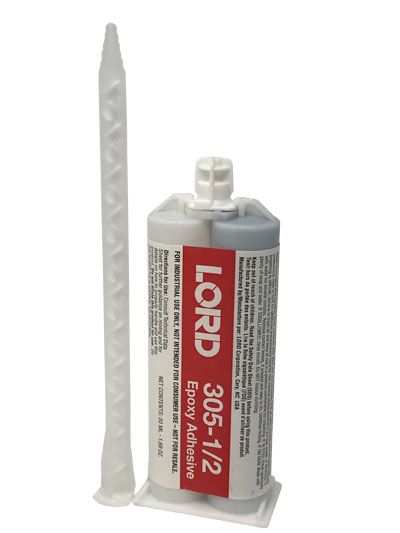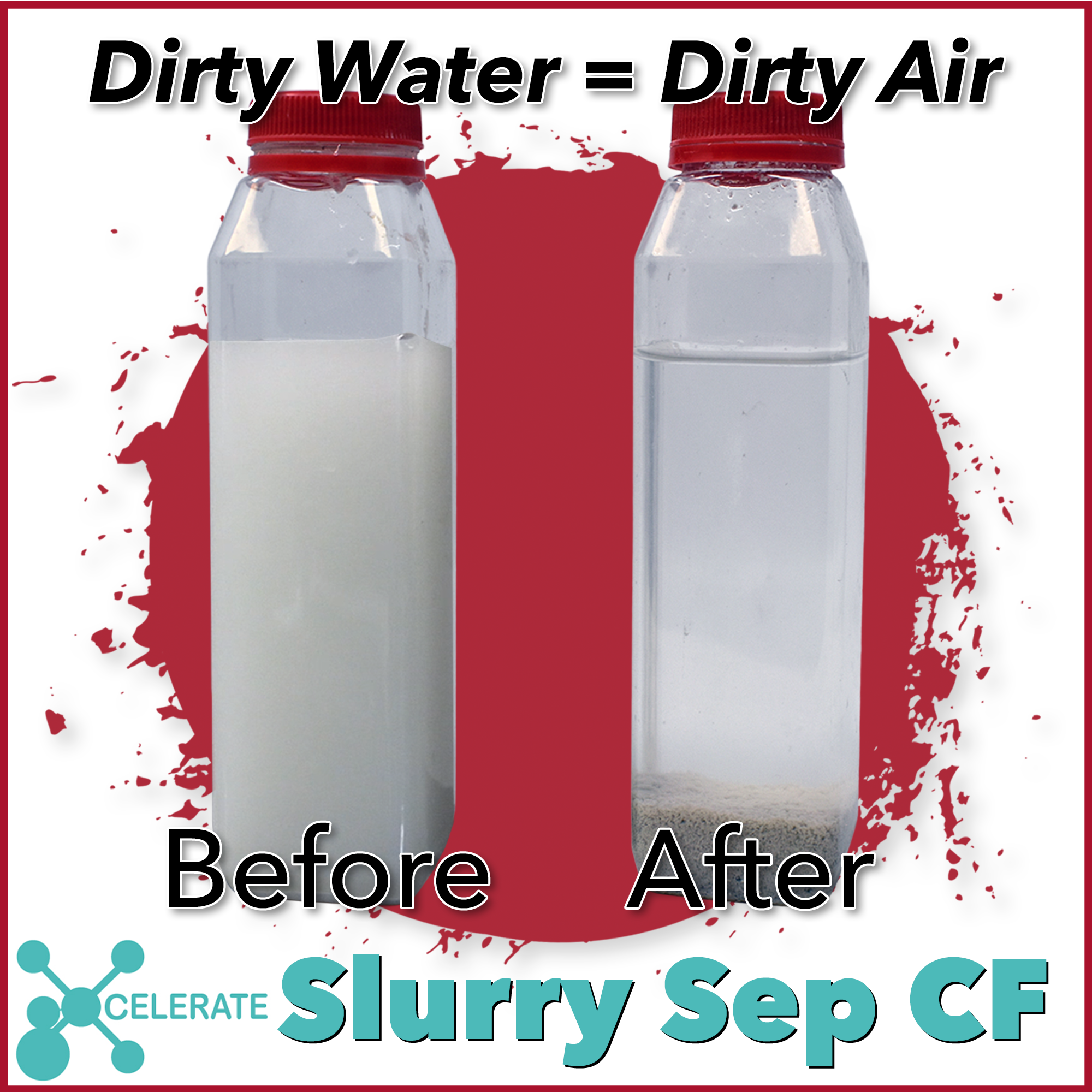
Summer Heat and its Effects on Adhesives
 This summer has been a hot one! With so much sunshine (and humidity), we thought it might be worthwhile to cover the effects of excessive heat on the adhesives you’ll be using for your projects, particularly if the job is being executed in an outdoor or non-temperature-controlled area.
This summer has been a hot one! With so much sunshine (and humidity), we thought it might be worthwhile to cover the effects of excessive heat on the adhesives you’ll be using for your projects, particularly if the job is being executed in an outdoor or non-temperature-controlled area.
We’ll also cover which adhesives perform admirably in high-temperature environments, so you’ll have all the information you need to perform your duties and deliver a high-quality, sturdy product without the use of damaging mechanical fasteners or welding distortion.
Mechanical Property Changes in Heat
Many adhesives, when exposed to extreme heat, go through chemical changes that affect the mechanical properties of the cure and overall hold. Some adhesives handle extreme temperature changes better than others, and we will provide examples of adhesives that excel in extreme heat.
Stiffness
Heat can decrease the solidity of adhesives upon application, changing how they dry and cure. This resulting softness can allow the parts being bonded to move or slide as the adhesive’s bond begins to break down.
Of course, softening adhesive poses some serious safety concerns, especially if the bonded pieces are positioned in a place where they can fall and hit someone or something. To avoid softening adhesives, be sure to choose one with excellent temperature resistance, such as LORD 305 epoxy adhesive.
Elasticity
Many adhesives’ chemical makeup is altered under high heat. This can cause the components to break down and allow the adhesive to crystallize, becoming unstable and brittle rather than tough and pliable. Of course, this is the last thing you want when applying an adhesive that’s meant to be elastic and durable!
An adhesive with an affected elasticity is more likely to crack or shatter when exposed to shearing force or excessive weight rather than bending and accommodating or the load. Avoid this problem with any of our LORD 7610DTM Direct-to-Metal Adhesive.
Strength
An adhesive’s strength is also compromised in high-heat situations. Most adhesives often do better with cold temperatures than hot ones, so it’s extremely important to use temperature-resistant adhesives in environments with high temperatures and moving parts. If the adhesive needs to remain at optimal strength through season changes or general temperature fluctuations, using a temperature-resistant adhesive is a must.
Ready to find the perfect temperature-resistant adhesive for your project? Our representatives are here to help! Give us a call, toll-free, at 1-800-220-1966 or send us an email at [email protected]. We look forward to hearing from you!



